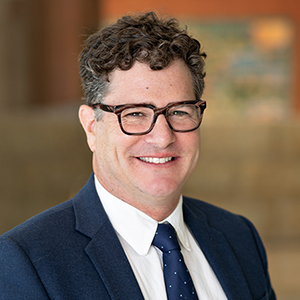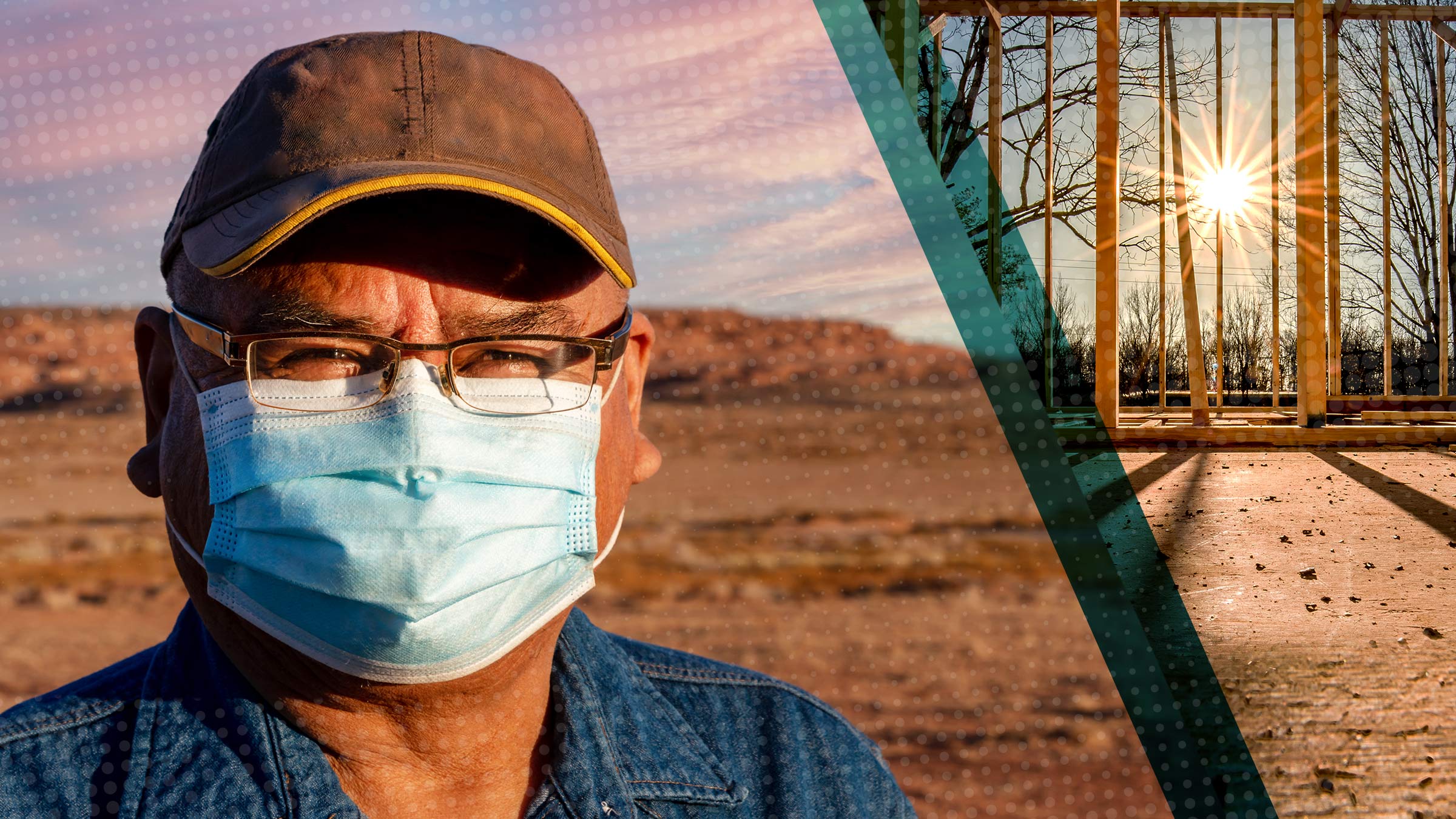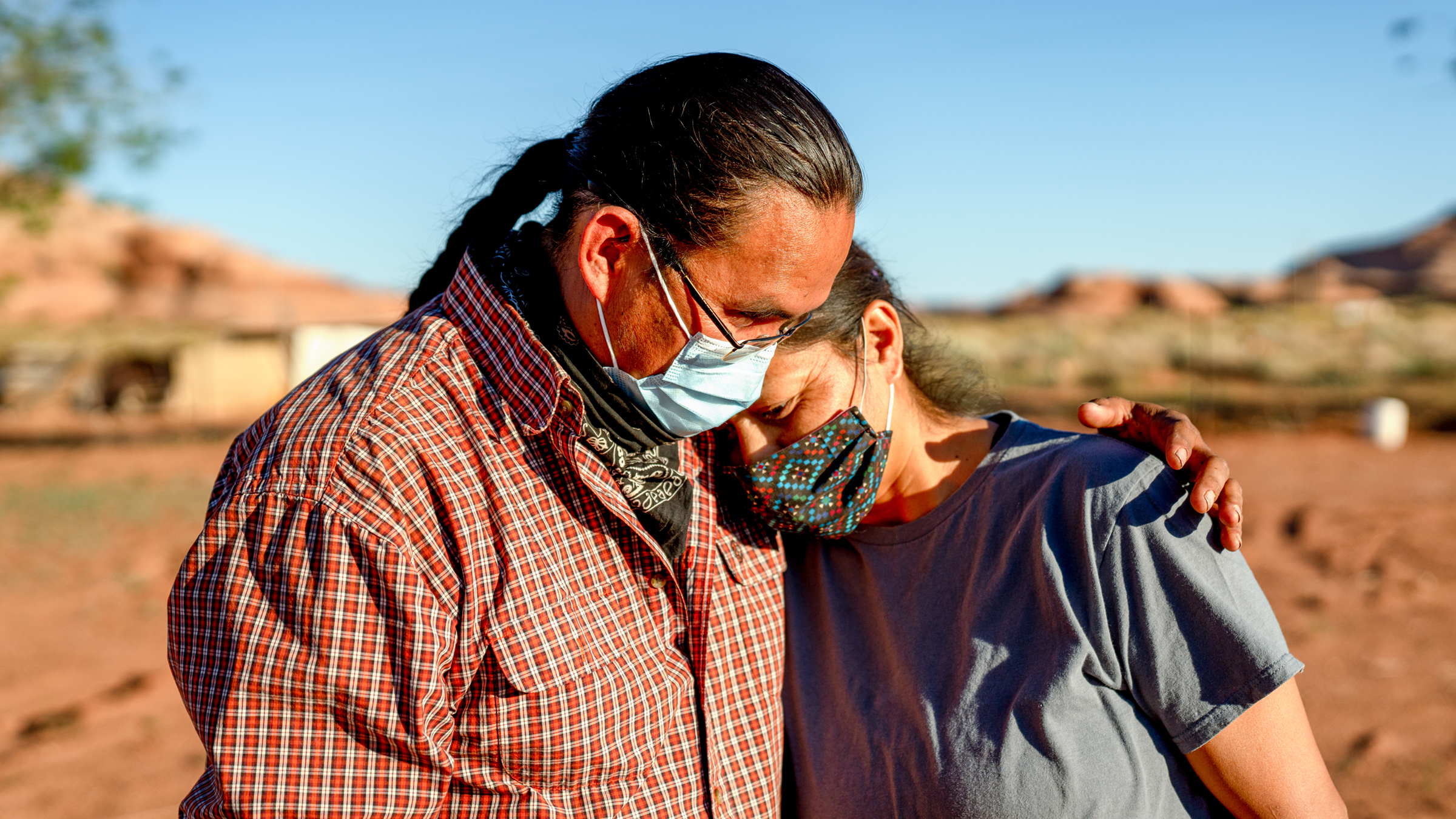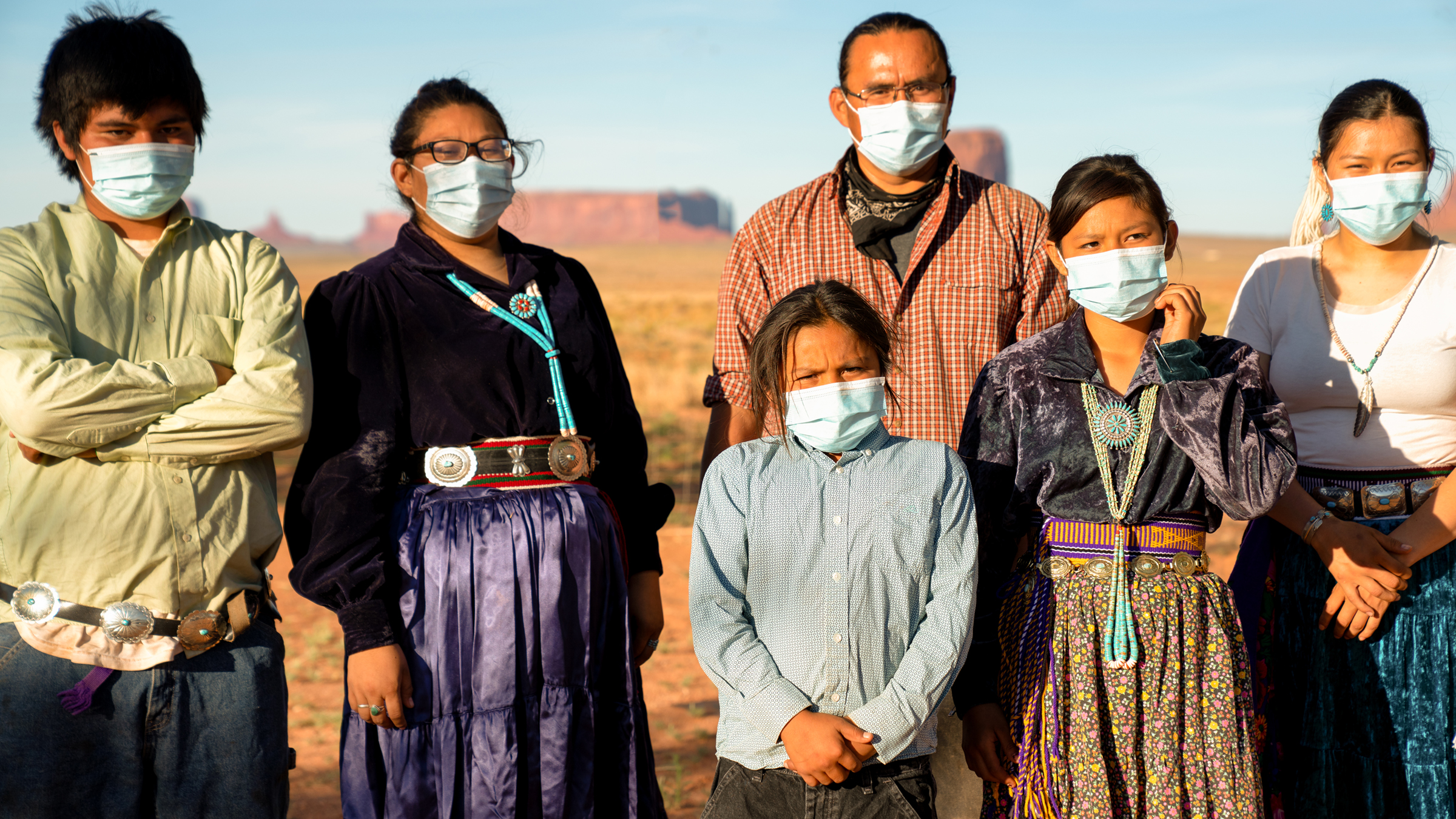A new survey finds that more than one year into the pandemic, tribal governments, enterprises, and other entities across Indian Country continue to grapple with lost revenue, increased operating costs, and reduced services. The survey, the fifth conducted by Center for Indian Country Development at the Federal Reserve Bank of Minneapolis since March 2020, offers a glimpse into the unique challenges tribal government, business, and community leaders face throughout Indian Country.
Revenue losses have not led to layoffs
Survey respondents report large, persistent revenue losses: out of all the respondents, over half reported losing at least 40 percent of their revenue since the start of the pandemic, and only one in five reported stable revenues. At the same time, however, tribal entities have not laid off or furloughed workers in proportion to those revenue losses. Half of all survey participants reported that they have not reduced employment at all and just over one in five have laid off or furloughed more than 40 percent of their pre-pandemic workforce. (See Figure 1.)
Most expect operational costs to remain higher than before the pandemic
Tribal governments reported substantial increases in their operational costs over the same period. Over half of these respondents reported that their operational costs had increased by at least 20 percent since the beginning of the pandemic; conversely, just one-quarter reported either no change in operational costs or falling costs. The majority of tribal government respondents expect that costs will remain higher than usual over the next six months. One-third of these respondents expect to see operational costs less than 20 percent higher than usual and nearly half expect to see costs that are 20–60 percent higher than usual. Some of the excess costs are from pandemic-related expenses, such as renovating spaces to accommodate social distancing. (See Figure 2.)
Service reductions hit recreation and economic development most
Given the fiscal crunch resulting from these revenue losses and rising costs, some tribal governments are reducing their services. Tribal governments reported that they were more likely to cut spending on services like parks and recreation, economic development grants, and cultural programming than on utilities and health care. (See Figure 3.) Given the necessity of making these difficult choices, it will be important in the future to assess and mitigate any negative effects these spending reductions have on long-run economic development in Indian Country.
Tribal governments face more severe revenue losses than state and local governments do
The negative effects of the pandemic on tribal governments are all the more striking when compared with the pandemic experiences of state and local governments, which provide services similar to, albeit not as expansive as, what tribal governments provide to tribal members. If our results are representative—see the sidebar below for more about our data—the median tribal government lost more than 40 percent of its revenue in 2020 as a result of the COVID-19 pandemic. As a comparison, state and local revenue losses in 2020 were only 2–5 percent below pre-pandemic projections.* In fact, half of U.S. states have seen an increase in tax revenue in 2020 compared to the year prior, driven in part by buoyant stock market returns and robust incomes for wealthier taxpayers.
While the survey may not provide a representative or comprehensive assessment of tribal institutions, it nonetheless illuminates the difficult experiences of some tribes during the pandemic. The COVID-19 pandemic has had a disproportionate impact on tribal entities, which rely on public-facing enterprises such as gaming for a significant portion of their revenues. As a result, tribal governments have cut back on public services. To address the pressing needs resulting from these cutbacks, the U.S. government has provided fiscal support, most recently in the form of the American Rescue Plan, which includes a $20 billion allocation for tribal governments. This historic level of funding for tribes will boost their ability to provide needed public services, maintain employment, and, ultimately, endure the pandemic recession.
Endnote
* Sheiner and Campbell (2020) and Leachman and McNichol (2020).
Matthew Gregg is a senior economist in Community Development and Engagement, where he focuses on research for the Center for Indian Country Development. He has published work on historical development in Indian Country, Indian removal, land rights, and agricultural productivity.
Casey Lozar is a Minneapolis Fed vice president and director of our Center for Indian Country Development, a research and policy institute that works to advance the economic self-determination and prosperity of Native nations and Indigenous communities. Casey is an enrolled member of the Confederated Salish and Kootenai Tribes and he’s based at our Helena, Mont., Branch.







